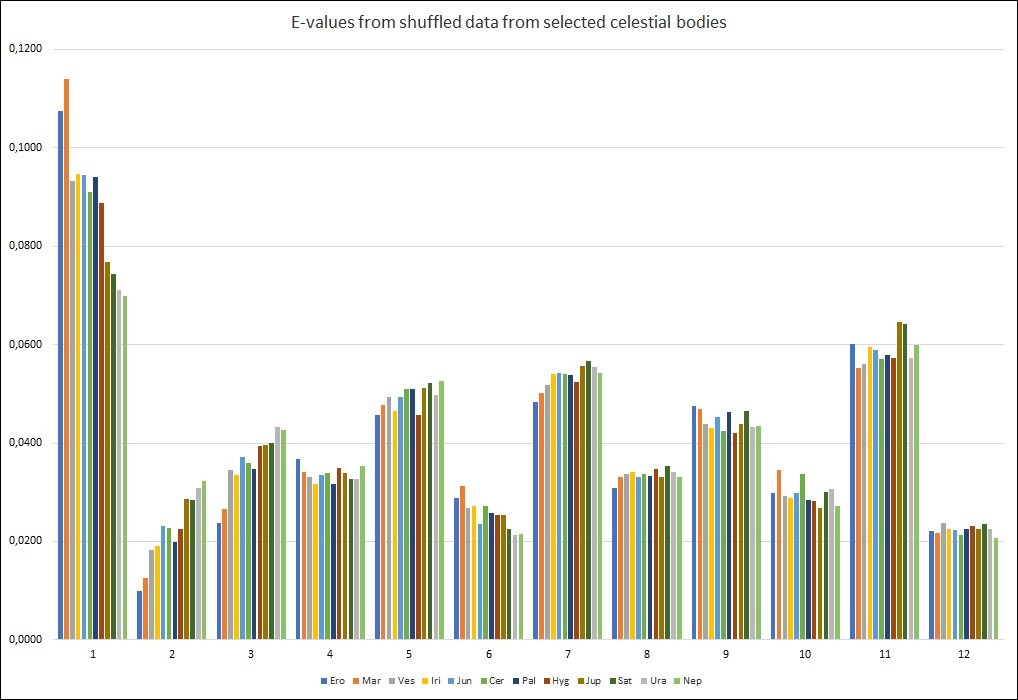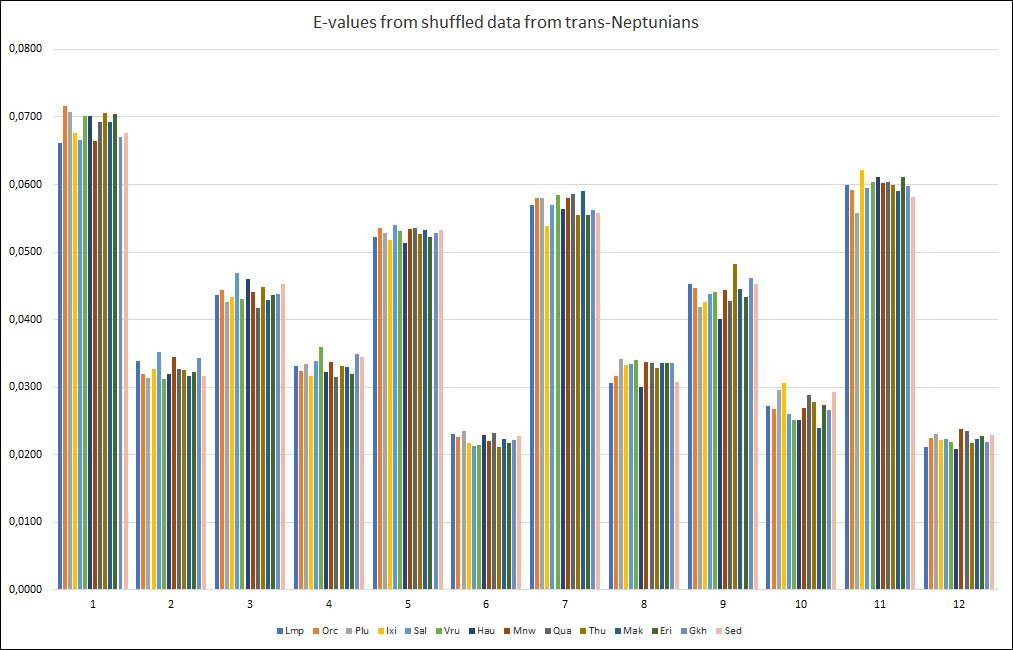Chi Square: How to calculate statistical significance
Statistical significance occurs when the probability is equal to or less than 1 out of 20 - or put mathematically: P <= 0.05.
You can calculate statistical signficance in two different ways:
- Simple - using two numbers only - O (observed) and E (expected).
- Complex - Chi Square distribution - when you are dealing with more O's and E's.
The simple Chi Square calculation is done like this
- For each observed number in the table subtract the corresponding expected number (O — E).
- Square the difference [ (O —E)2 ].
- Divide the squares obtained for each cell in the table by the expected number for that cell [ (O - E)2 / E ].
- The result of this calculation has to be above 3.84 in order to be statistically signficant. A score of 3.84 renders a p (probability value of 0.050044, while a score of 3.85 renders a probability value of 0.049746. The probability value has to be equal to or below 0.05 for the result to be statistically significant. At this site you can calculate the p value from any result of the simple Chi Square formula by entering the Chi Square score and "1" i the DF field, before you presse "Calculate". For instance a Chi Square result of 11.04 means that the p value is 0.000892 - which translates into: "This result occurs by chance 1 out of 1.121 times", because 1 divided by 0.000892 is approximately 1.121.
The complex Chi Square calculation is described here, but if you just want access to a Chi Square calculator (which is a very handy tool), then there is one here. In this case the result is called "the two-tailed P value", and (as always) it should be equal to or below 0.05 in order to be statistically significant.
Expected values
If the Chi Square calculation is going to work correctly, it is of vital importance to have the E values correct - i.e. the expected values. In the following each aspect to the Sun will be dealt with regarding the E value.
Mercury forms only 1 aspect to the Sun - and that's the conjunction. The only way to determine what to expect is to run an experiment with a number of shuffled or randomized data and take a look at the outcome. The data is shuffled by finding a random date +/- 5 years from the original date. This procedure is carried out 20 times, rendering a shuffled data set of 25,200 new dates.
The shuffled data contained 9,019 Sun-Mercury conjunctions, when the orbis was set to 12 degrees. The relation between 9,019 and 25,200 is 1:2.79, which renders a factor of 0.3579. With 2,520 male murderers in the collection we can expect 901.9 Sun-Mercury conjunctions. Using the simple Chi Square formula we can deduce that we need either more than 960 or less than 844 observed Sun-Mercury conjunctions to have a statistical signficant result. But only 927 Sun-Mercury conjunctions were found among the 2520 male murderers rendering a Chi Square result of 0.6929 or a P value of 0.40518 - which is definitely not statistically significant in any way.
The 25,200 randomized dates have then been used to calculate the expected values for the Sun's aspects to the other celestial bodies used in astrology in the same way; the result for the regular planets (including the lunar node and the mean lunar apogee also known as Lilith the Black Moon) is displayed in Figure 1.
As always I use the orbis recommended by John Addey:
- Conjunction: 12 degrees
- Opposition: 6 degrees
- Trine: 4 degrees
- Square: 3 degrees
- Quintile and biquintiles: 2:24'
- Sextile: 2 degrees
- The series of septiles: 1:43'
- Semisquare and sesquisquare: 1:30'
- The series of noviles: 1:20'
- The series of deciles: 1:12'
- The series of undeciles (or 11th harmonic aspects): 1:05'
- Semisextile and quinqunx: 1 degree
When to use shuffled data
You might ask: Why all the work with the shuffled data in order to find the E-values? Is it really necessary? Couldn't these values simply be calculated?
The answer is provided in Figure 4 and Figure 5. Figure 4 shows a bar diagram with the E-values from the shuffled data for selected celestial bodies up to and including Neptune. The Centaurs and the lunar points (Lilith and the Node) have been excluded for simplicity.
Figure 5 displays the E-values for the trans-Neptunians selected for this project. Do you see the difference? With the trans-Neptunians it would have been safe to calcuate the E-values instead of using shuffled data to determine them - at least as long as you are working with the Sun, the Moon, Lilith the Black Moon and the lunar node. You cannot rely on calculated E-values with planets such as Mercury, Venus, Mars and Jupiter - because their retrograde movements create "false" harmonics:
- Mercury: A strong 3rd harmonic
- Venus: A strong 5th harmonic
- Mars: A weak 1st harmonic
- Jupiter: A strong 11th harmonic
These "false" harmonics have fooled many beginners in the field of astrological research.
(C) Copyright Eskild Rasmussen. This page was last edited June 23rd 2019.


